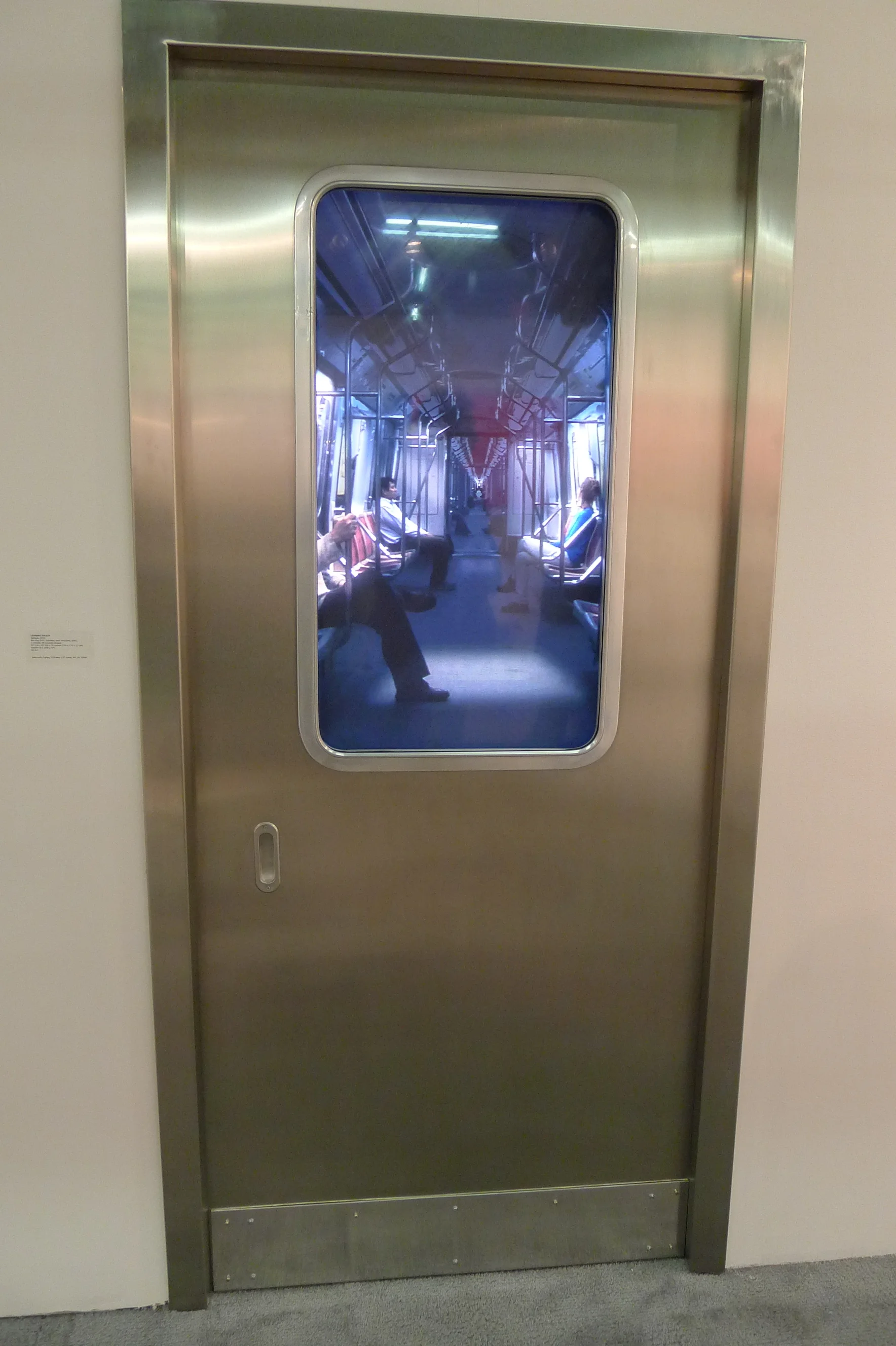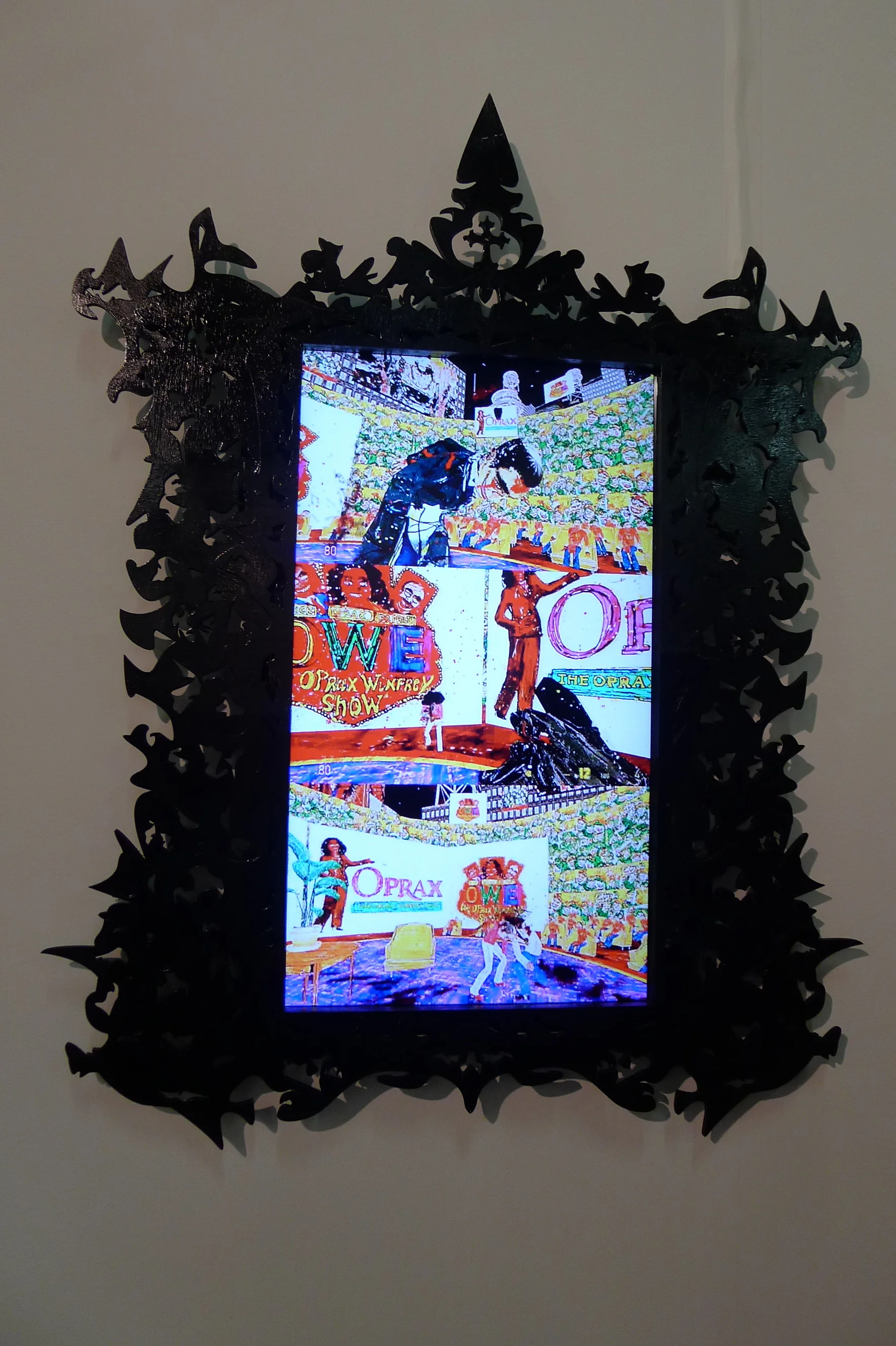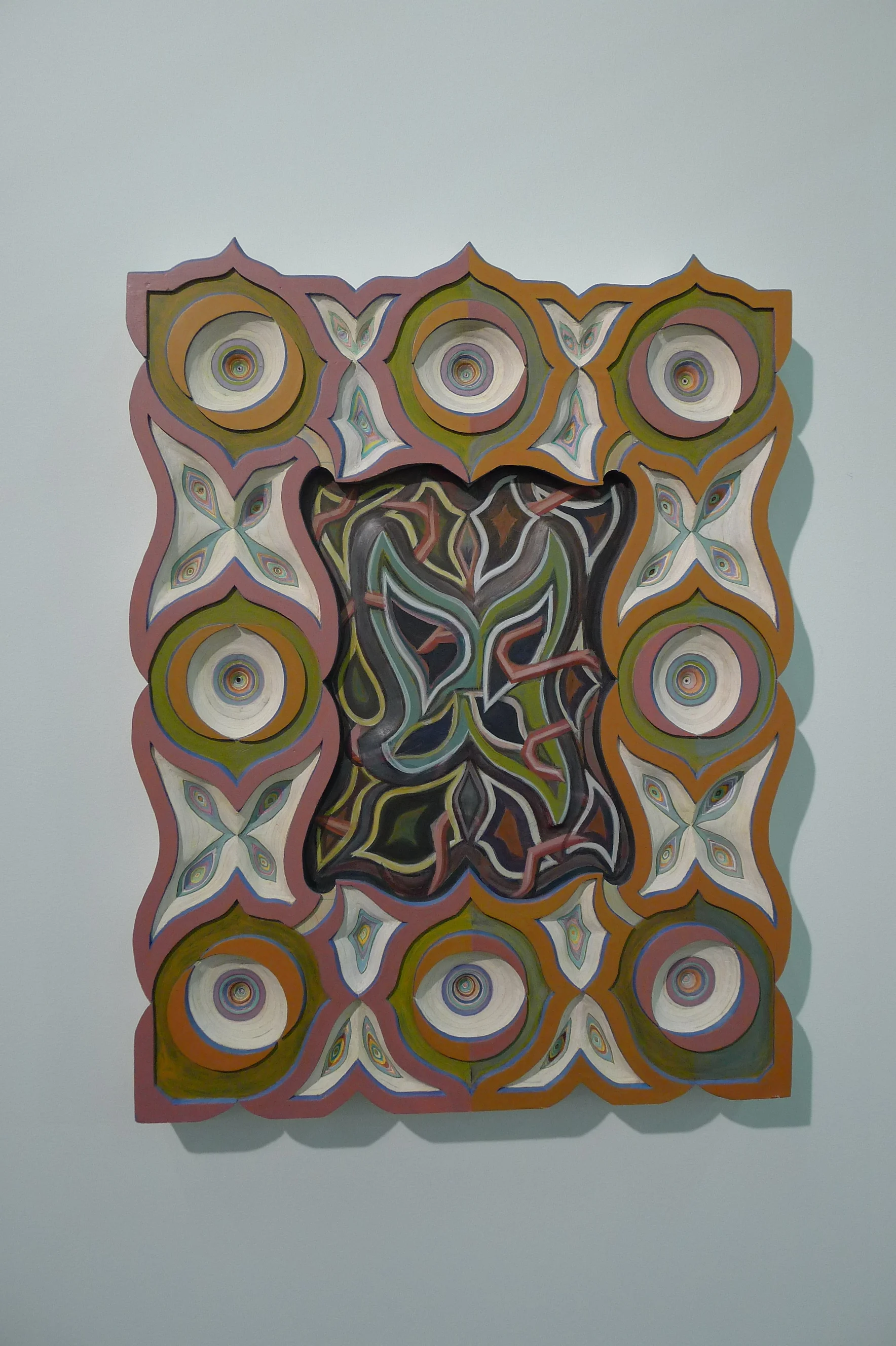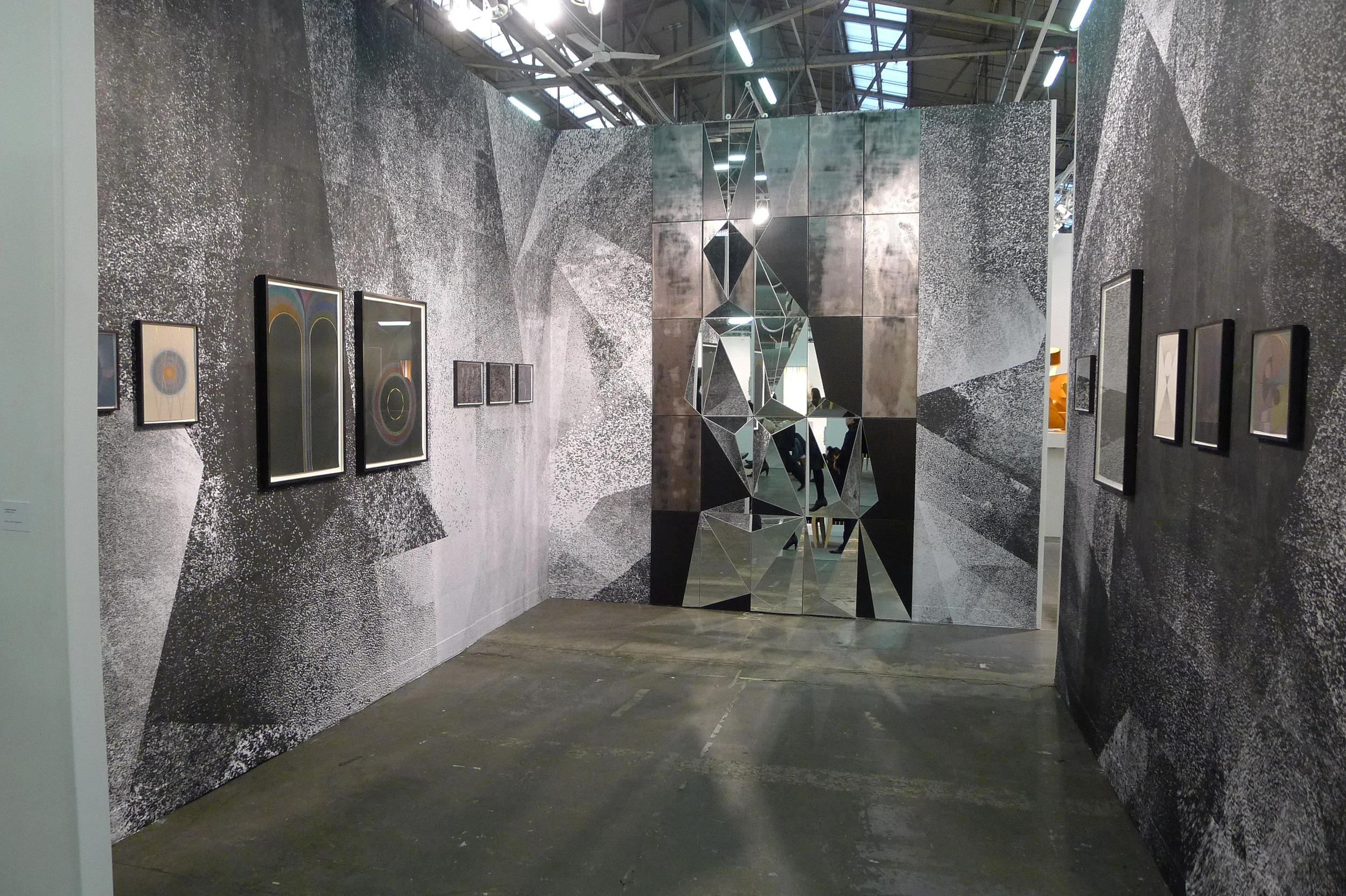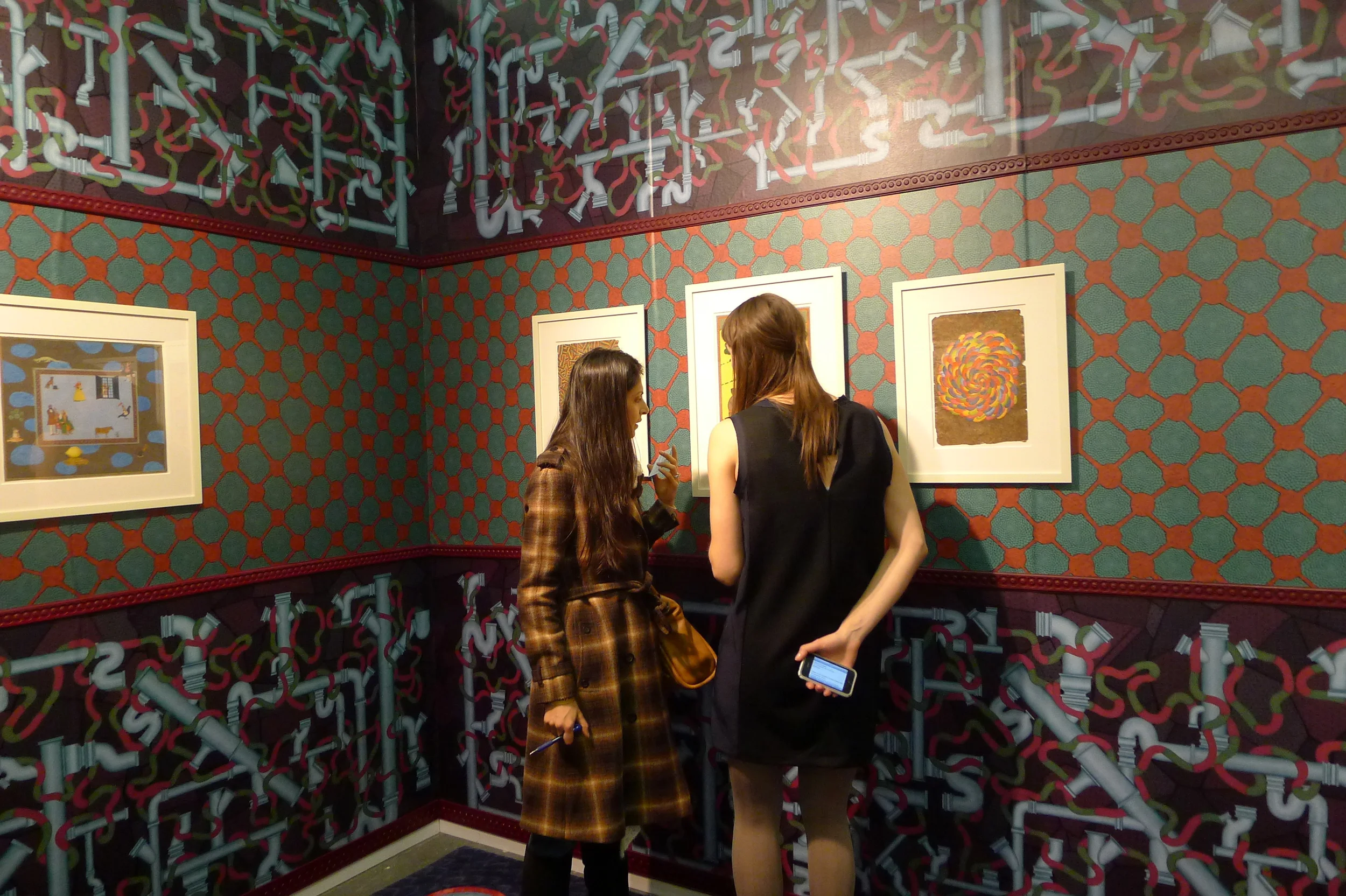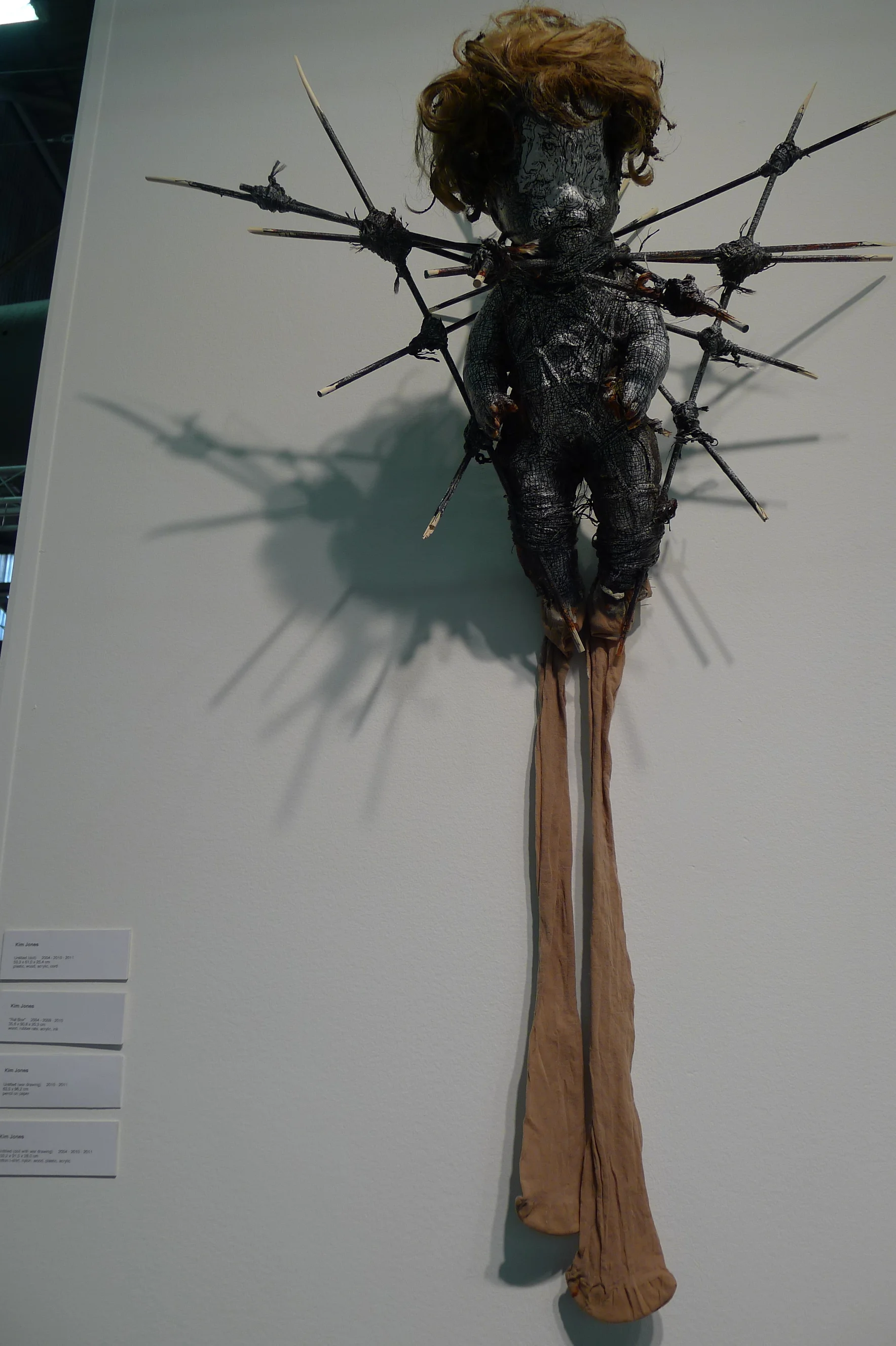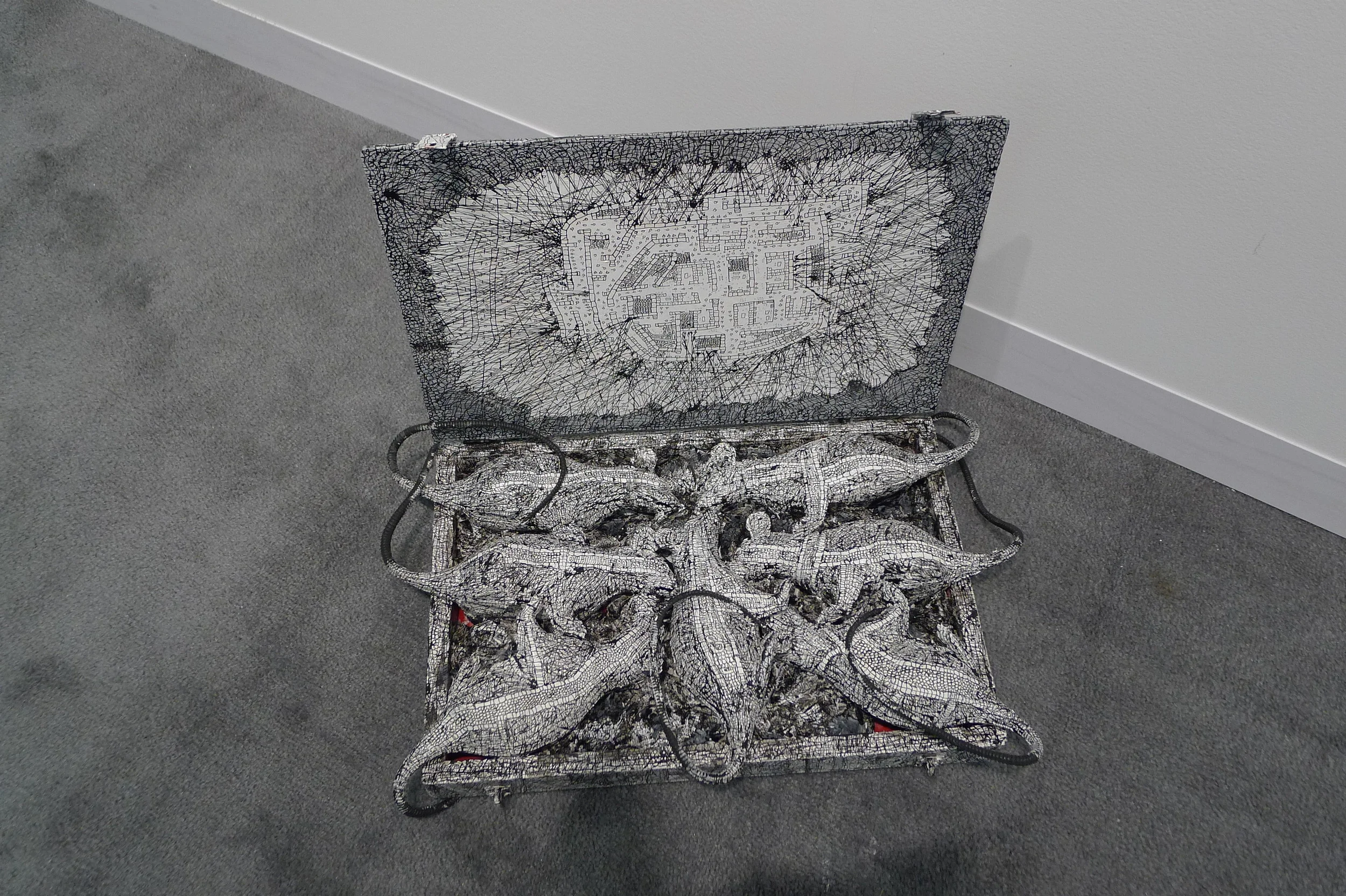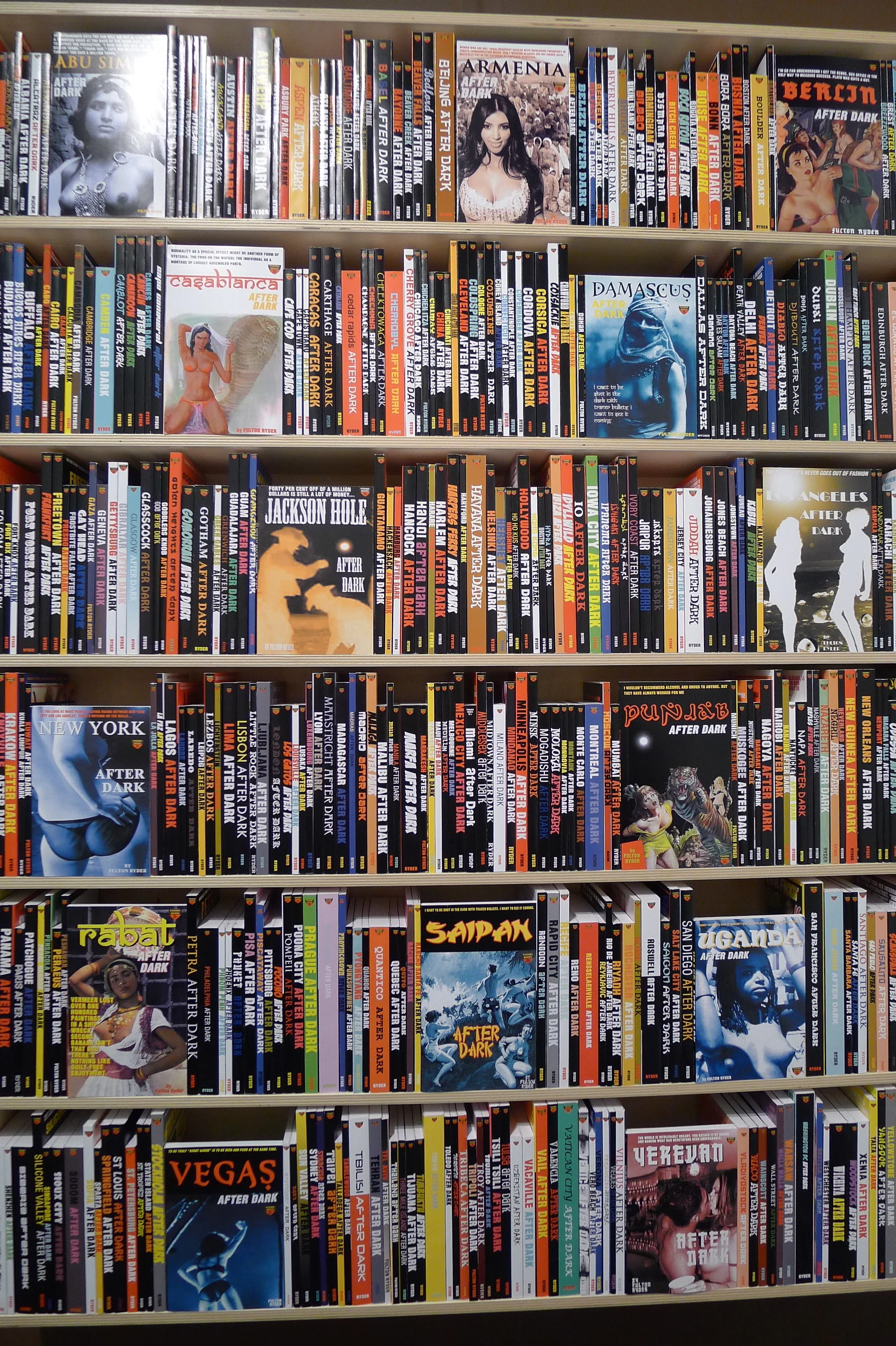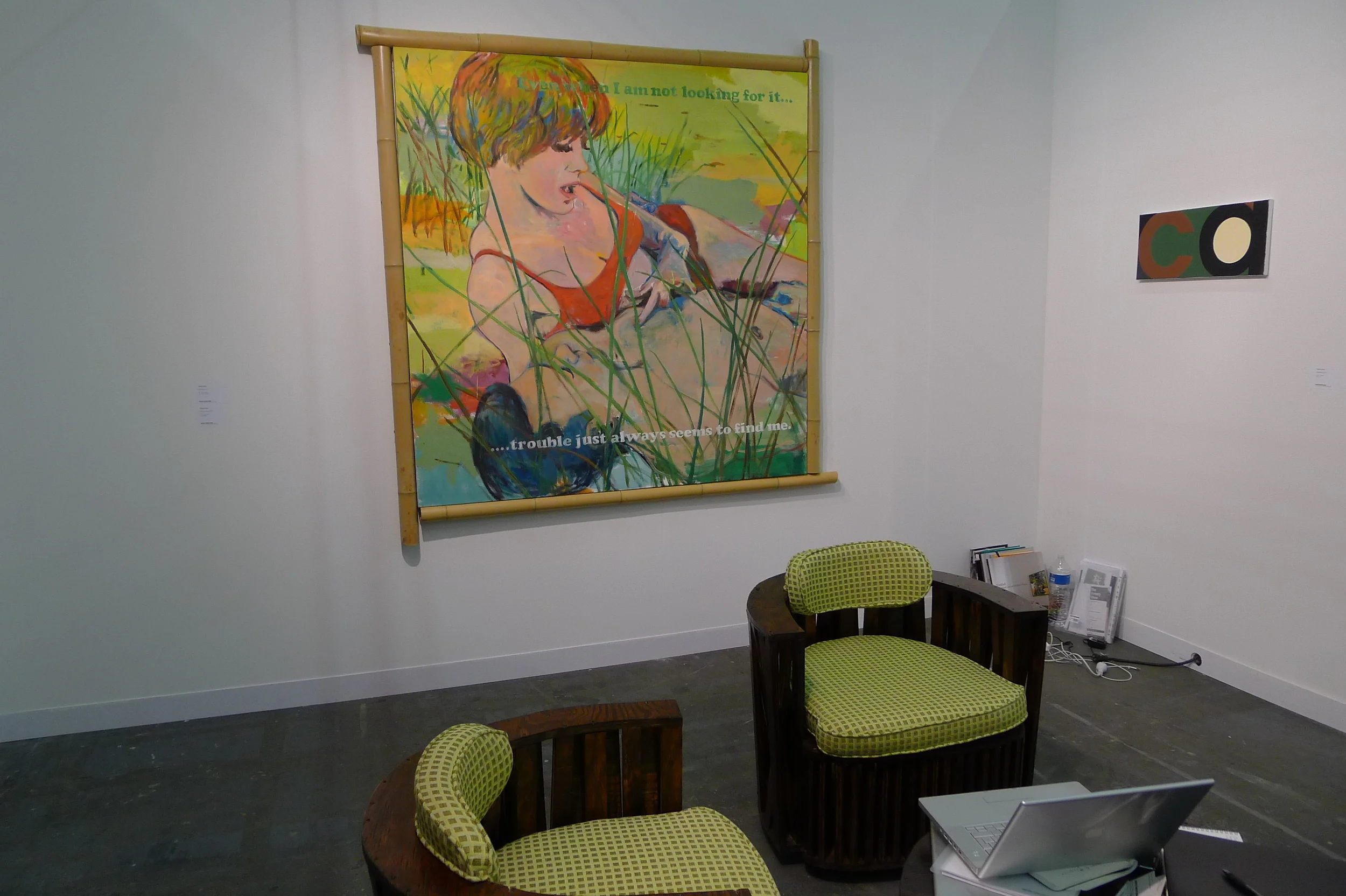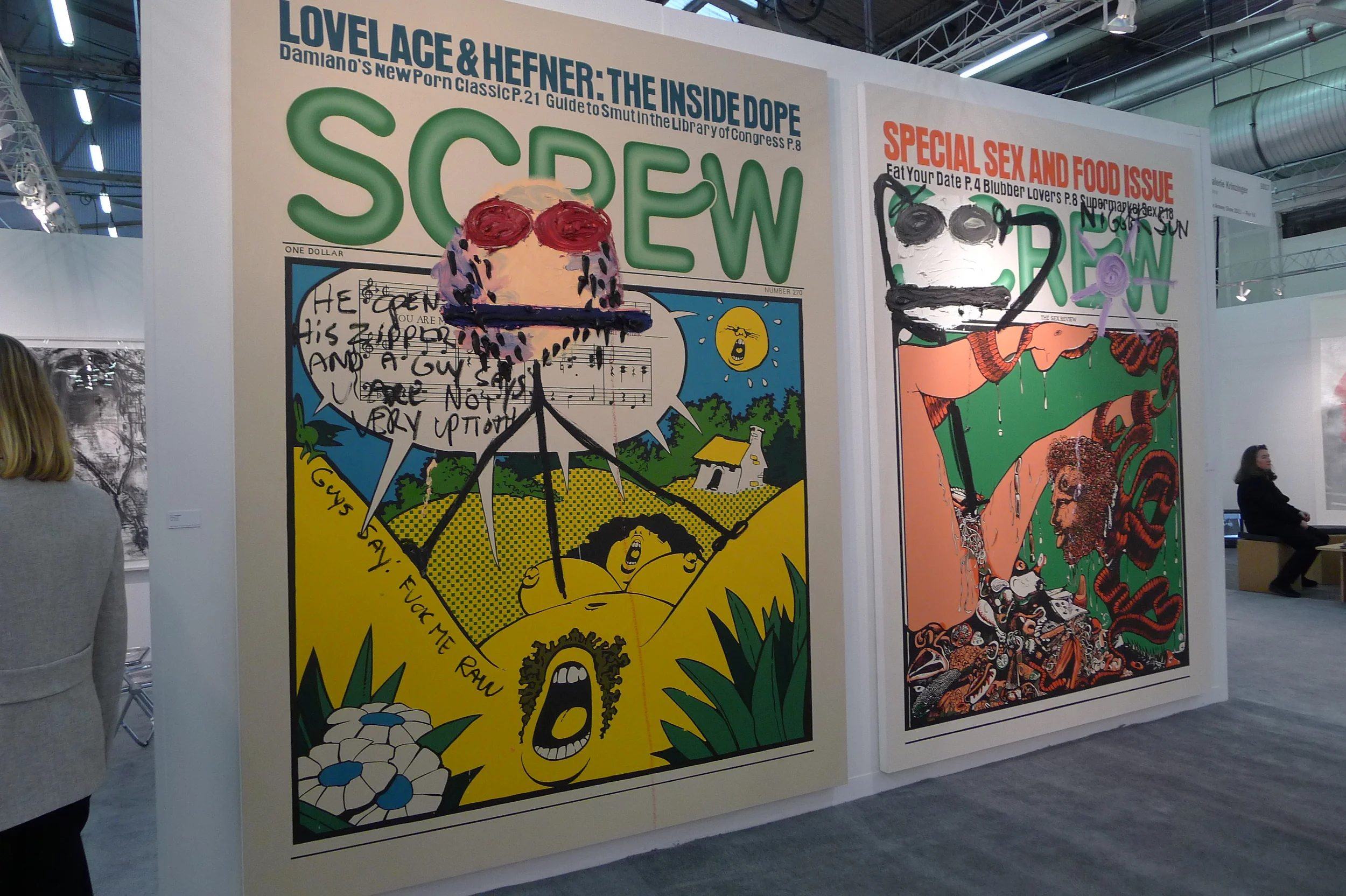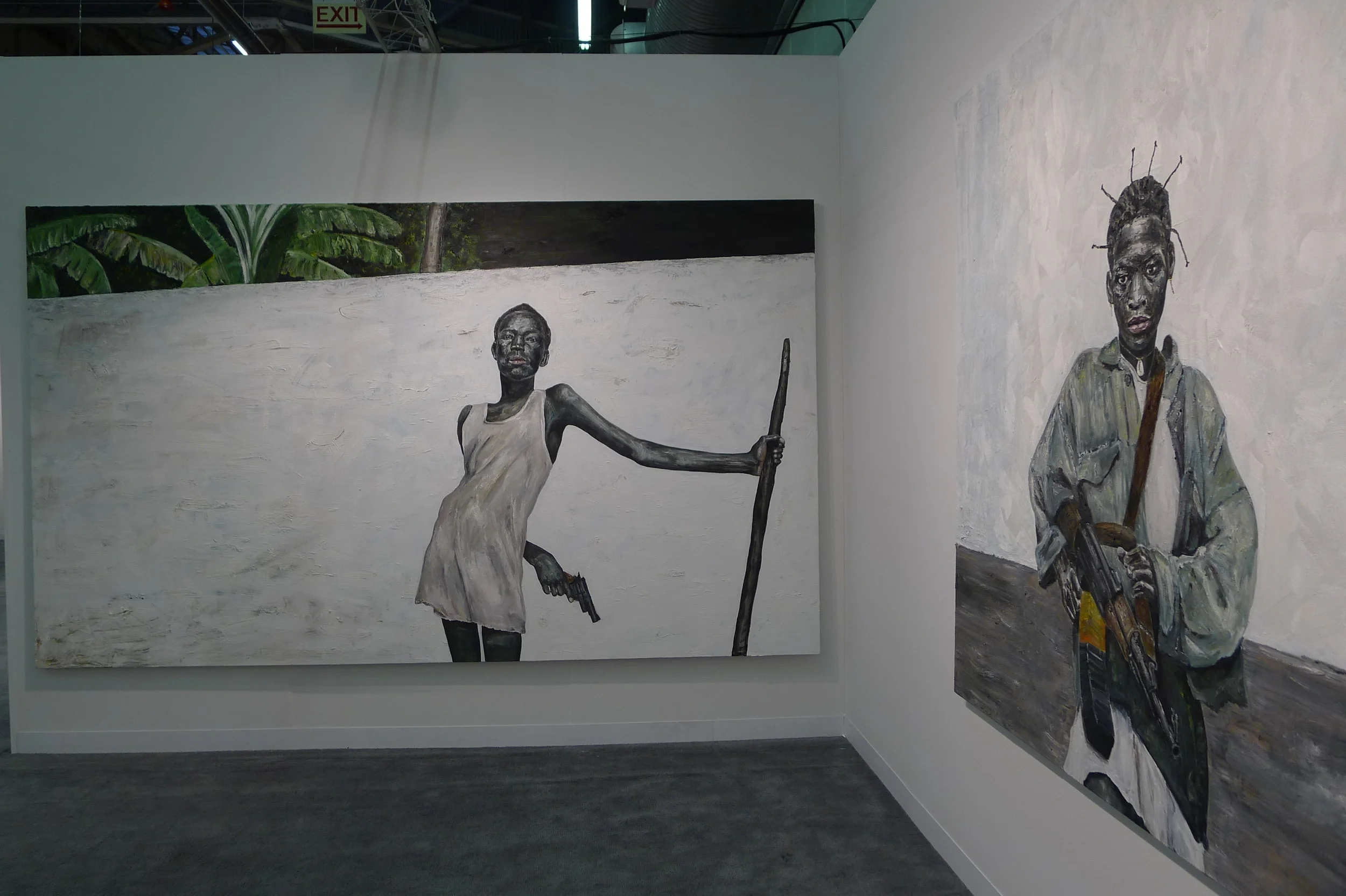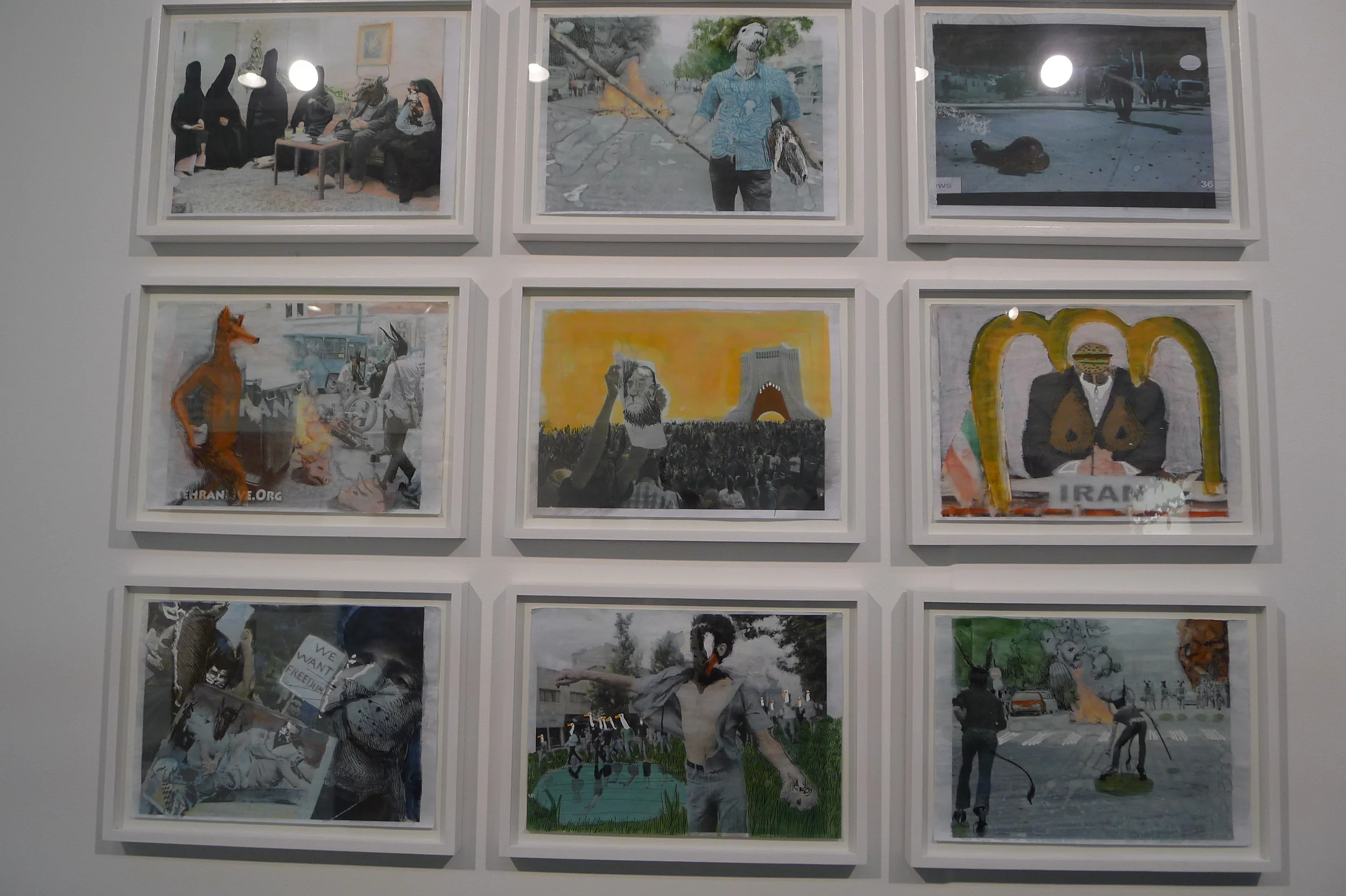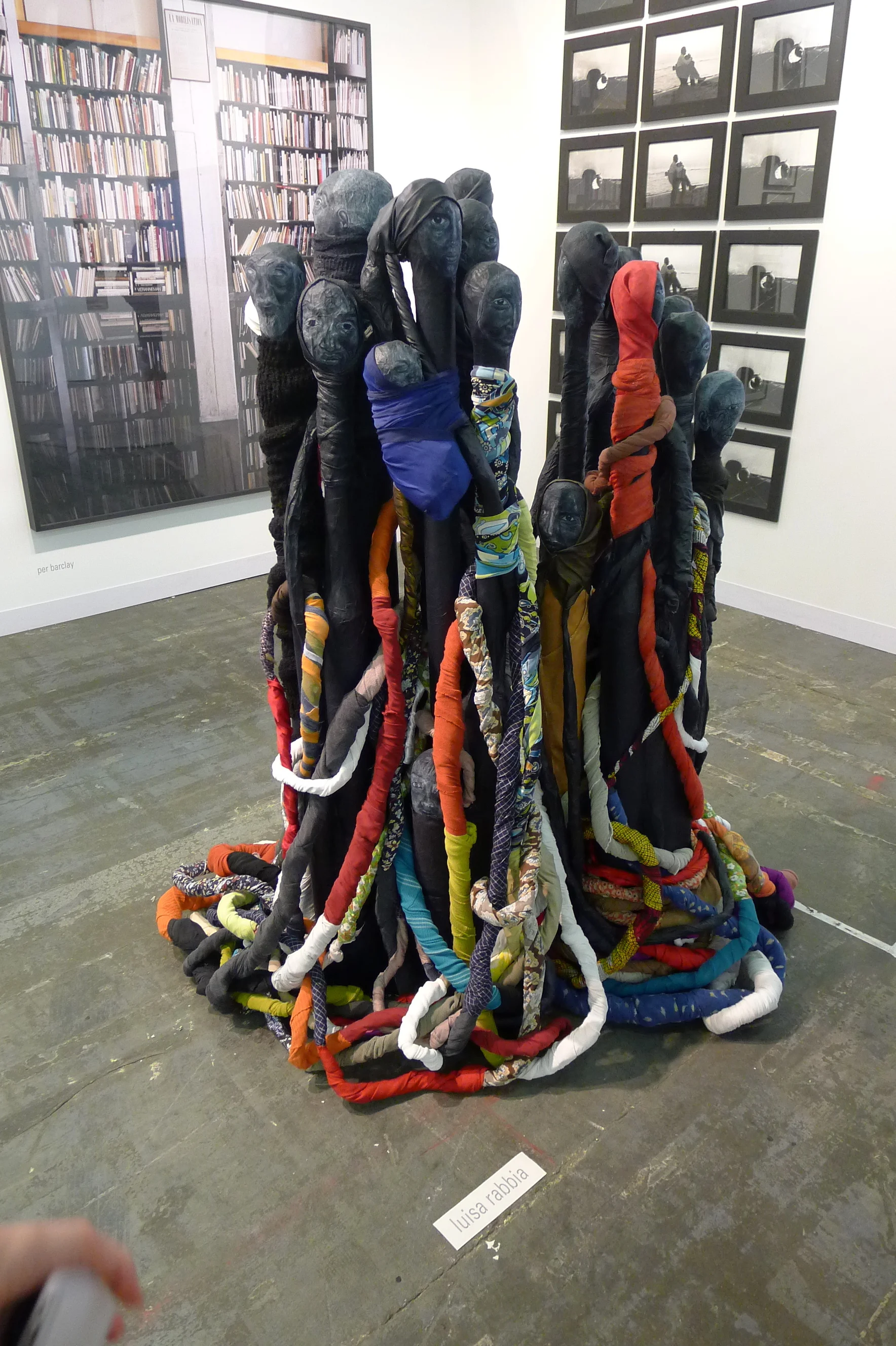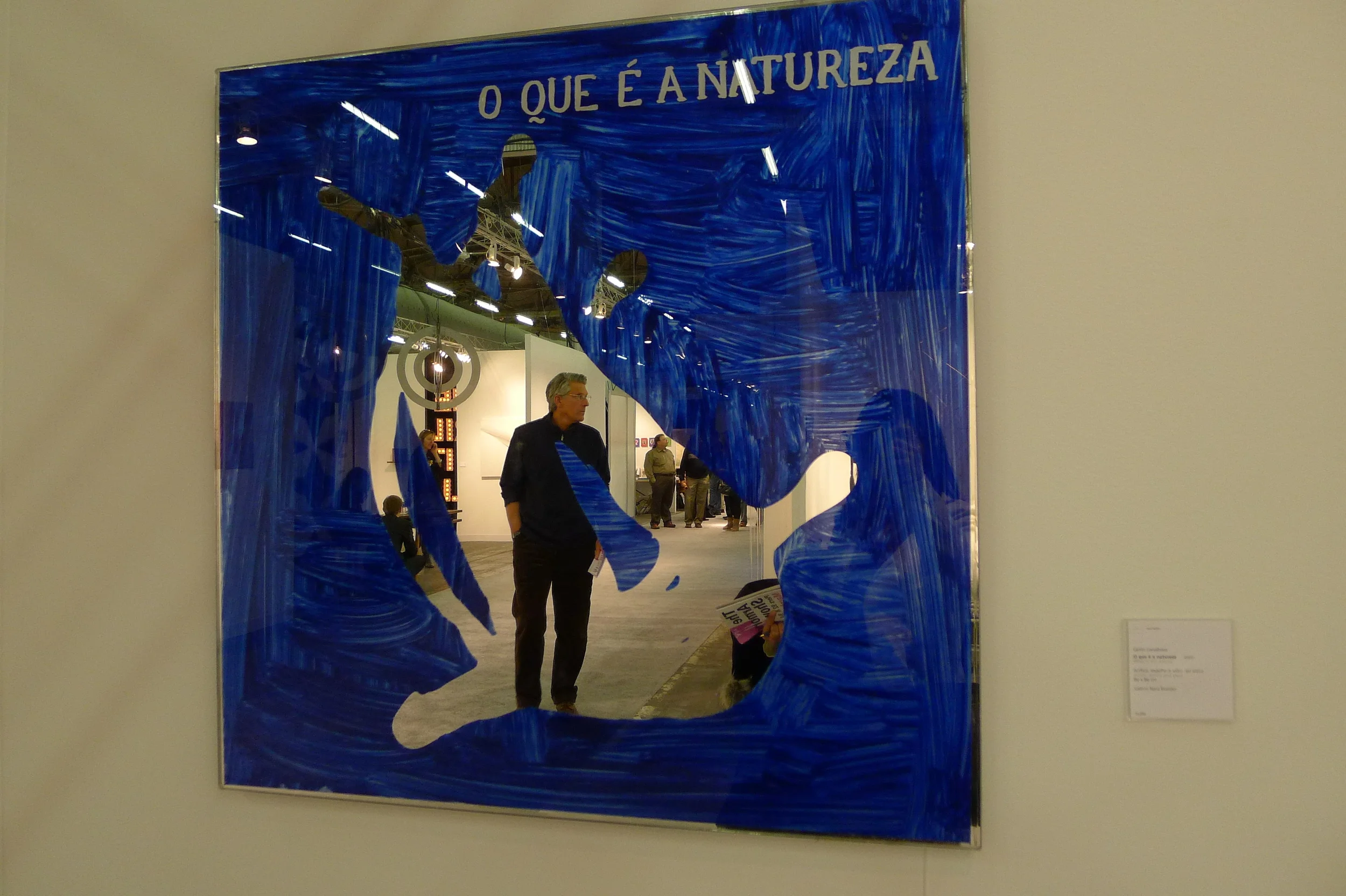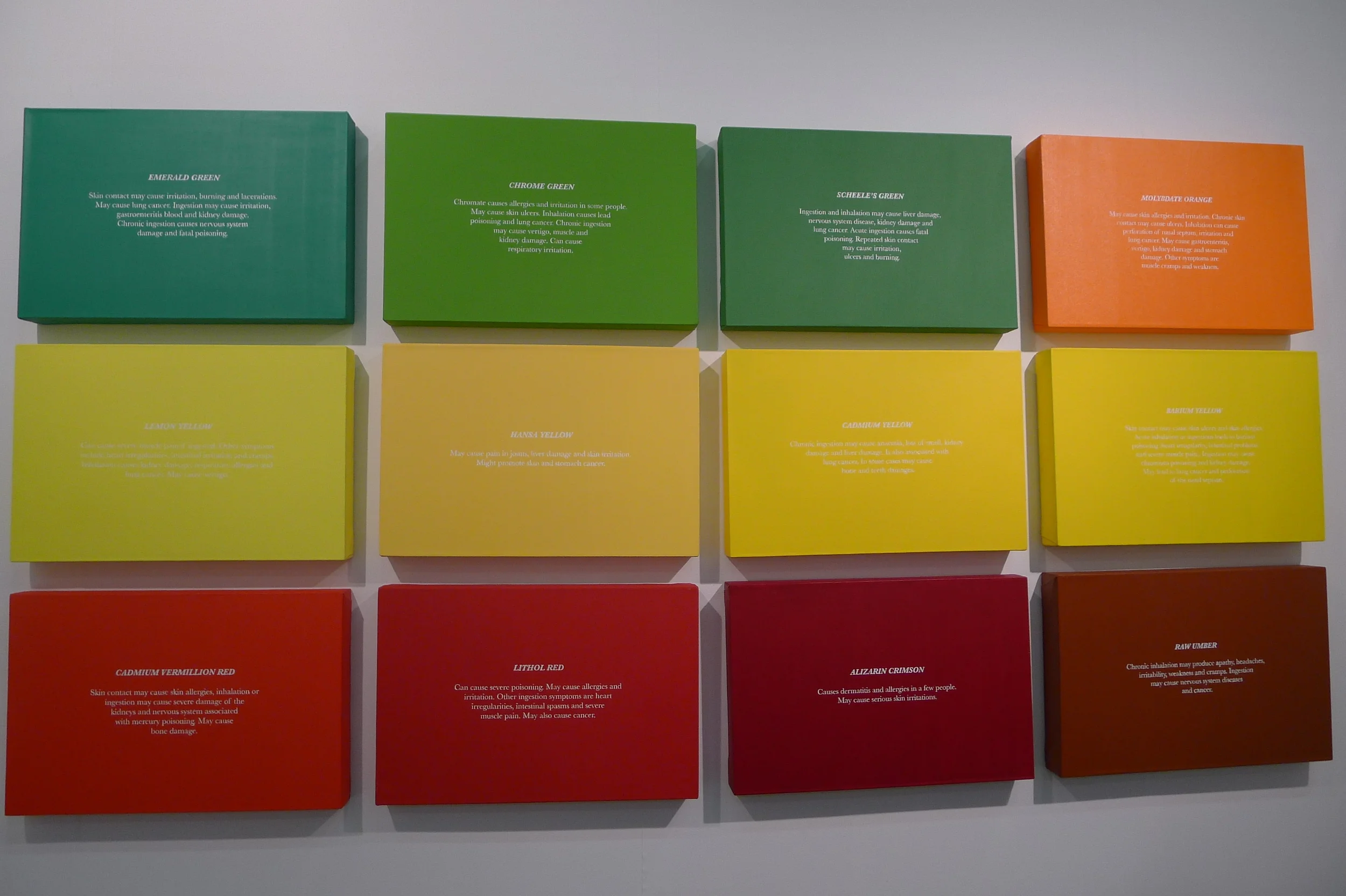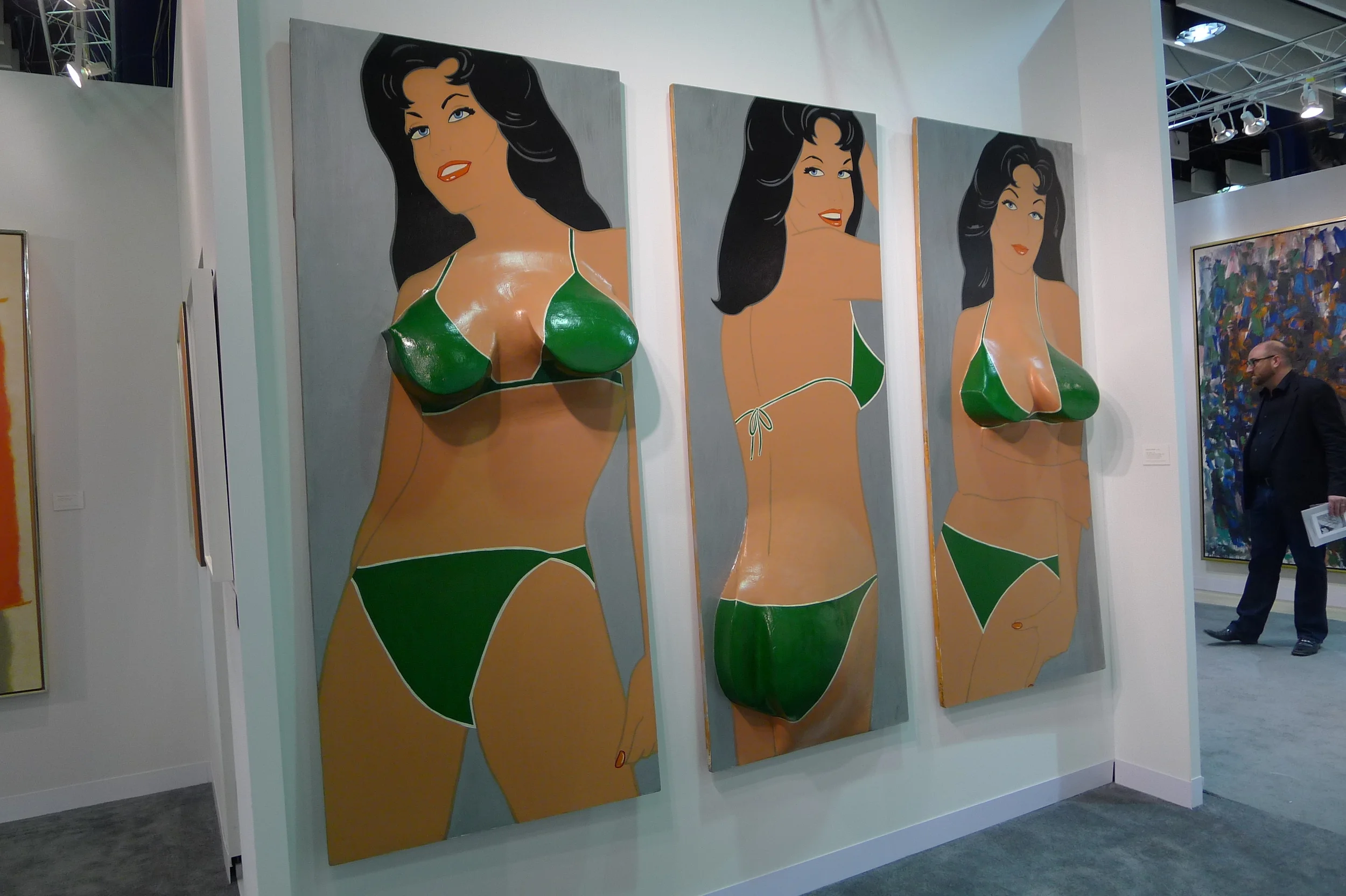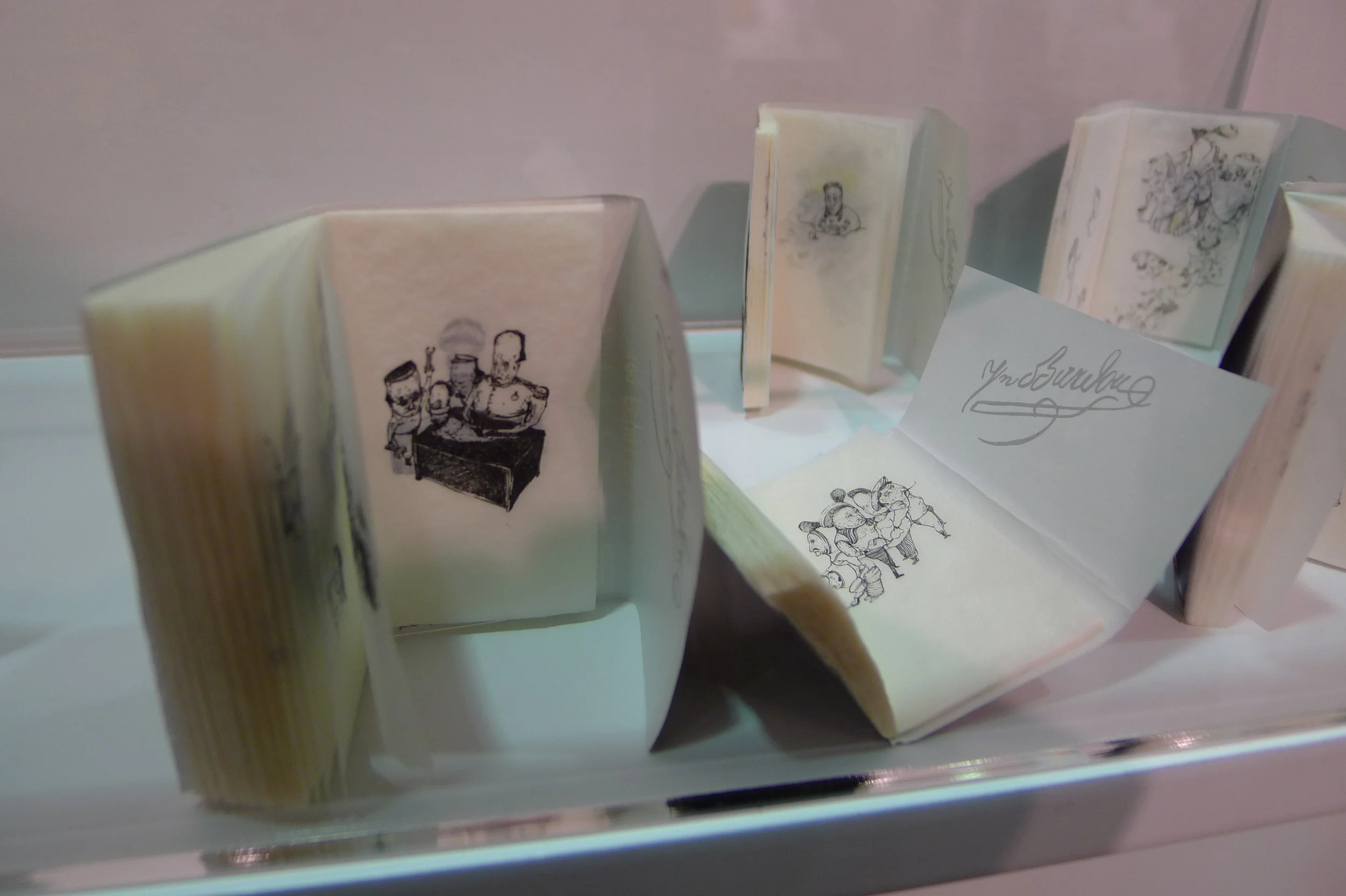It is Armory Arts Week once again in New York City. Celebrated artists, curators, gallerists, and art-lovers alike flock to the Empire State, just as they do every first week of March to participate, view or just enjoy the best of the art world. At the heart of all the art fairs is The Armory Show located at Piers 92 and 94, renowned spaces overlooking the Hudson, for hosting trade shows and events.
There is a buzz of excitement as you walk into Pier 94, which holds Contemporary Art – “New work by living artists.” As you weave your way through avenues of booths showcasing multitudes of pieces from all over the world, themes begin to emerge. Here are some of the most apparent, and perhaps more interesting of the bunch:
The Techno-savvyTechnology is no longer simply a practical tool, but largely, a creative one. Several artists certainly used this to advantage to create movement, deeper interaction, and life in their work. One such artwork is Subway by Leandro Erlich, who, behind a replica of a subway door, embeds a video of people riding along in a subway car, so that it feels as though one is peering through the window of one subway car to another. There is also John Kessler’s The Fifth Column, a machine of spinning mirrors with what looks like Einstein’s head hidden in the middle, all attached to a monitor to reveal the convoluted images created from within. Anna Galterosa of Studio La Città built three “buildings” covered in cloth, and made to spin and move on intervals. From Washington DC gallery, Conner Contemporary Art, artist Federico Solmi showcases rendered and animated computer drawings hung and framed as though they were paintings. Bluesoup group created a video of moving waves or landscapes, meant to be seen with 3D glasses. Finally, there is Gregory Scott’s pieces, which “challenges the definitions placed on photography, painting and video” by incorporating videos as part of his paintings, whose moving subjects are examining art just as we are observing his.
This involves works that utilize as much materials they can. From L.A.’s young gallery Khastoo, Zac Harris presented carved and painted wood, drawing viewers in through the detail and almost psychedelic quality of his abstract pieces. Another artist using reclaimed wood is Rob Van Der Ende of Ambach and Rice gallery in Seattle, who sculpts a hunky 5ftx3ft piece of marbled raw steak. Next, there is Claudia Wieser’s Untitled, where you walk into a space whose walls she has completely painted with black and white shapes, specks and incorporated mirrors into. Then there is Alexander Gorlizki, who works with pigment and gold on found paper and photographs. In Greenberg Van Doren Gallery’s booth, he showcases wallpaper and a carpet of his own design, meticulously made in India, the result being a room full of detail, color, and cultural allusions.
Here is one theme that certainly gained much attraction and reaction. Kim Jones, showcases grotesque sculptures from a baby attached to spikes to a box with dead rats. Miguel Angel Rios creates a short film of a man dancing to what sounds like Flamenco music, as he swings chunks of meat fueling aggression from the large dogs surrounding him. Then there is also provocation of the sexual nature. From Two Palms Gallery, artist Richard Prince displays his work After Darker, shelves of guidebooks to different cities “After Dark,” with scantily-clad women gracing the covers, one of which hilariously displays Kim Kardashian. Next, there is David Kramer’s Tall Grass, a large painting showing a woman caressing her lover’s nipple as they lay in the grass. On it, “Even when I am not looking for it…trouble just always seems to find me” is scripted. It is intimate, playful and sensual, and very “French,” as one of Galerie Laurent Godin’s directors pointed out. In a more blatant display of sex, Bjarne Melgaard showcases two grand paintings, Screw and Porn Classic, which mimics magazine covers in comic book style, one showing a woman’s vagina as a mouth moaning in pleasure, the other with the same body part overflowing with food, and a man eager to partake in the feast.
This is not to say that none of the other artworks in the Armory are meaningless. It is just that these in particular have added cultural or political importance. First, there is Luisa Rabbia’s sculpture, found at Galleria Giorgio Persano’s booth. Formed by paper maché, she sculpts what appears to be the trunk and roots of a tree. It has many limbs, with faces drawn on them. “I wanted it to be multicultural,” she says. “If you look closely, one has Indian features, the other, maybe African.” Even the cloths she picked to drape them were bright and ethnically blended. Then from Upstream Gallery in Amsterdam, painter Ronald Ophius depicts large-scale portraits of African youth with weapons, drawn from his own obervations, in War Story Teller, Sierra Leone. Finally, from Galerie Thaddaeus Ropac, Rokni Haerizadeh’s Battleship Without Guns portray humans as animals when engaged in war and violence.
With 18 new-to-the-Armory galleries, it turns out that this part of the world has a lot to offer with Art. With galleries from Mexico to Brazil, there were many poignant and beautiful installations. For example, there was Carlito Carvalhosa’s What is Nature? (tr. From Spanish) which involves a painted mirror, the unpainted part revealing a rabbit, also space into which one can view a reflection of the surroundings or oneself, invoking one to reflect one the nature of Nature. There is also Gustavo Artigias’ simply painted canvases, each one in colors whose “effects” are cleverly described on the canvases themselves – from “Hansa Yellow – may cause pain in joints” to “Lithol Red - …May also cause cancer.”
As you move on Pier 92’s Modern Art, “Historically Significant Work of the 20th and 21st Centuries,” the story changes. Up on the second floor, things are much calmer. As you walk around, of course you expect to run into the work of Jackson Pollock, Mark Rothko, Picasso, and Max Beckmann, but despite the more conservative feel, there are a few surprises. There’s Marjorie Strider’s sculpted paintings celebrating a woman and her curves, Mel Ramos’ fantasized depictions of nude celebrities like Scarlet Johansson and Jennifer Aniston in a series called Hollywood Suite, Davor Vrankic’s works employing graphite on paper, featuring details and exquisite forms on the mythical world he depicts, Racardo Lanzarini’s mini drawing on cigarette rolling paper, and also Ben Johnson of Alan Cristea Gallery, whose painting Connecting Space effectively conveys architectural forms with such dimensionality, that surely can be considered more contemporary.
Much was expected from the Armory, but much was also delivered, some more than others. Some were meant only for viewing and observation, others to evoke feeling and reflection, most else to incite purchase from lust. Whatever the reason for the artists, the galleries and the visitors, the Armory is always an experience to be had.

